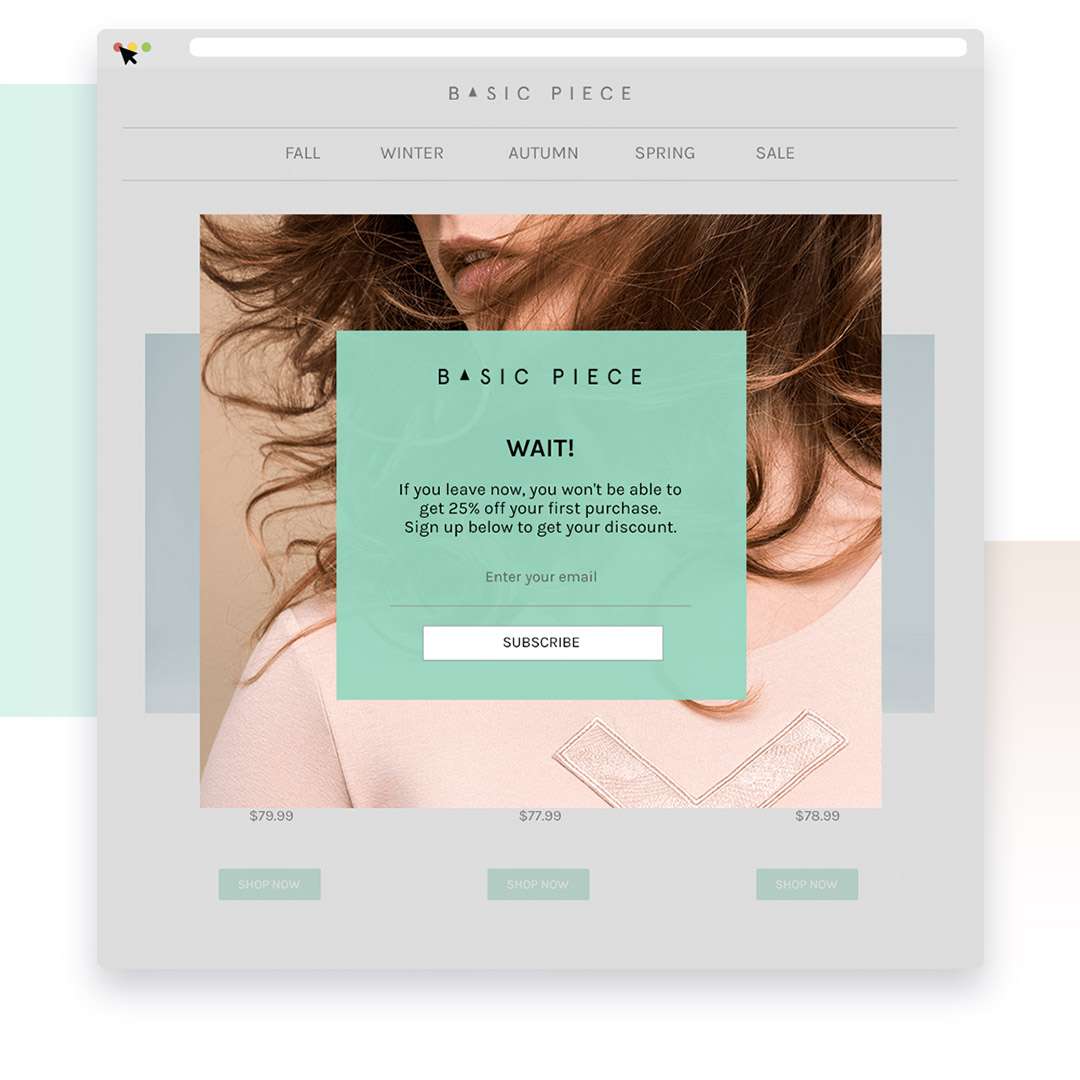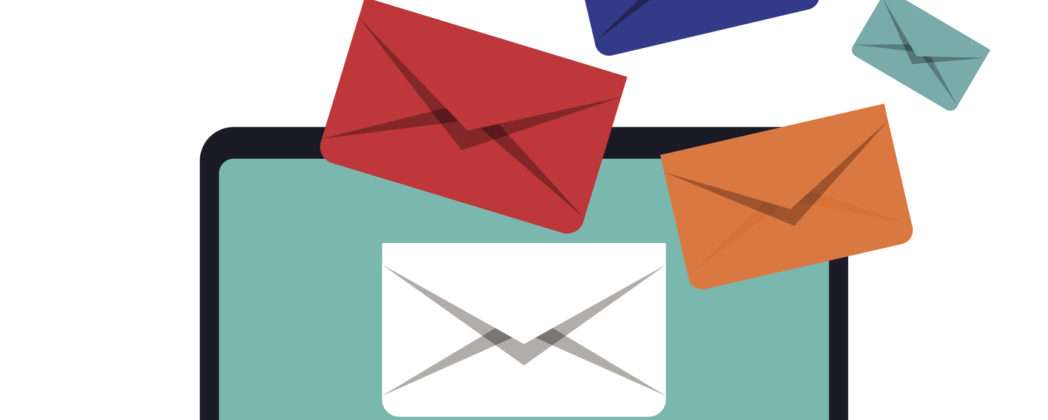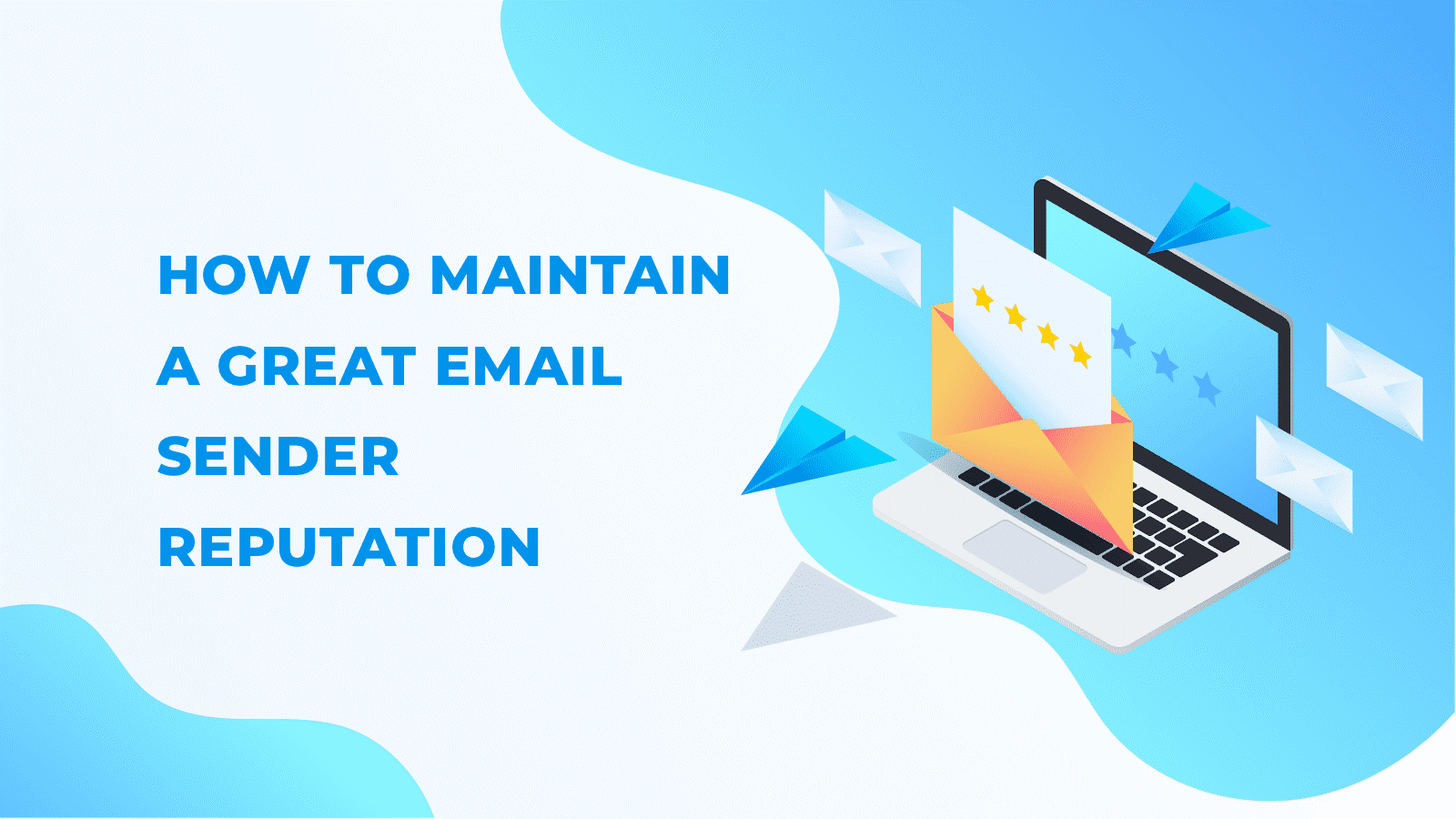6,604 total views, 4 views today
In 2020, it has demonstrated how unprepared companies and organizations throughout the world are for cyber assaults. All sorts of firms were affected by financial losses, regardless of the size and region of operations. We saw a lot of new COVID-19-related phishing attempts. Google intercepted 18 million malware and phishing e-mails linked to coronavirus in April alone. And since so many firms have turned to remote work, no drop in cyber threats is predicted in 2021.
Scams happen in every form and size, so why are we paying so great attention to the e-mail here? Because 94% of all malware is emailed to the PC. And the majority of folks wouldn’t differentiate between a good-made and a real phishing email.
What is DMARC?
DMARC is an e-mail validation system meant to prevent e-mail spoofing or phishing scams and other cybercrimes from using your Company’s e-mail domain. DMARC acts as the third layer of protection after the SPF (Sender Policy Framework) and DKIM (Domain Keys Identified Mail) which are email authentication mechanisms. DMARC provides a major reporting feature.
If a domain owner publishes a DMARC file in its DNS file, they may find out who is sending emails on behalf of their domain. This may be used to obtain comprehensive email channel information. The domain owner can get ownership of the email on his behalf using such information. In phishing or spoofing attacks, you may use DMARC to safeguard your domains from misuse.
Misunderstanding of DMARC:
DMARC allows a company to stop malware, and phishing attacks and improve the delivery of emails! The DMARC is strong, yet DMARC is also misunderstood:
DMARC is not a fast delivery solution:
When ISPs that accept DMARC will find, that you are striving to enhance the safety of your e-mail channel by placing a DMARC record (and by implementing it). This makes it more probable that those ISPs that adopted DMARC will put their emails at the receiver’s first box. However, the only thing that is possible is the simple implementation of a DMARC policy. Your deliverability can be improved by deploying and implementing a DMARC policy, but not guaranteed.
Immediately enforcing a reject policy is not a good idea:
If an organization faces a phishing attack on its behalf, it frequently locks its email channel instantly by posting a DMARC record and applying it instantly to a 100% rejection policy. This is successful in blocking phishing attacks right once, but it also causes real emails to be lost. DMARC Analyzer has experienced a non-compliance rate of nearly 100% among enterprises starting with DMARC in 99 percent of the situations. DMARC Analyzer recommends that the p=none policy be launched and results monitoring be implemented, SPF and DKIM authentication improved and the policy enforced.
DMARC does not protect inbound email streams:
DMARC is not intended to protect the inbound section of the email channel; the DMARC covers the outward section of the email channel. But a bit of the inbound email channel affects DMARC. The DMARC will affect emails sent to coworkers. DMARC may impact such e-mails, given that they are transmitted (but the e-mail remains inbound).





